
Mammography was not made to prevent cancer, and it may be doing you more harm than good!
Join Philadelphia’s top breast surgeon, Dr. Jenn Simmons, as she breaks down the myths surrounding mammographic screenings and the potential risks associated with this common diagnostic tool. She and Wendie discuss the origins and limitations of mammographic programs, challenge conventional wisdom regarding efficacy, and give listeners better alternatives for promoting breast health.
Listen now and prioritize your breast health today!
Mammographic screening programs were developed in the 1970s with the assumption that breast cancer progresses in a linear and predictable manner. The idea was to identify breast cancer before it reached a critical mass, thereby reducing the need for extensive treatment and saving lives. However, Dr. Jenn tells us this concept has turned out to be untrue.
Mammograms are often promoted as life-saving tools, but many countries have abandoned widespread mammographic screening programs. The radiation from these screenings accumulates in the body, potentially being a triggering cause for cancer later on. Dr. Jenn suggests only using mammograms for diagnostic purposes when there are noticeable changes or concerns. Otherwise, regular screenings mean radiating women multiple times a year, for multiple years in a row, under the pretense of preventing cancer.
You first have to develop the disease to have a mammogram be useful. So what you want to do is not develop the disease in the first place. The same things that promote healthy breasts promote a healthy heart, brain, gut, and bones, so focusing on those lifestyle changes is critical to protecting yourself.
If you do need to undergo a radiation-based scan, such as X-rays or CT scans, taking 100 milligrams of melatonin 1-2 hours before the procedure can help neutralize free radicals generated by the radiation, protect you from DNA damage, and lower future cancer risk.
Fortunately, an emerging FDA-approved ultrasound alternative to mammograms, known as QT imaging, has 40 times the resolution of MRI. A negative QT scan implies no need for breast imaging for the next two years. While this technology is currently limited, found mostly on the West Coast of the US, it is expected to become more widely accessible in the coming years.
The incidence of DCIS, a condition where cells appear cancerous but aren’t necessarily cancer, has increased significantly. Historically, only 50% of DCIS cases evolve into invasive cancer, even without treatment outside of lifestyle improvements. Unfortunately, the medical system often treats DCIS patients as if they have invasive cancer.
Patients are prescribed invasive surgeries, such as a lumpectomy or mastectomy. Women with non-invasive changes in their breasts may undergo a mastectomy and will never forget that they had breast cancer. They will always live with that fear. In addition to lumpectomies, radiation also has very long-term ramifications. Most of these patients go on a hormonal blockade that then accelerates instances of heart disease, bone loss, and brain damage.
Addressing breast cancer requires understanding the underlying causes of shifts in one’s health. The goal is not to blame or shame but to identify the factors contributing to the disease. This can involve discovering changes in lifestyle, such as undiagnosed celiac disease, mold exposure, or chronic viral illnesses.
Breast cancer and various health conditions can often be reversed through the right interventions. Diagnoses can serve as opportunities to address underlying issues by adopting an anti-inflammatory diet, regular exercise, stress management, and toxin reduction. Stress is a common factor in many breast cancer cases, and while it cannot be completely avoided, individuals can choose how it impacts them by building a stress management toolbox. Prioritizing sleep, reducing toxin exposure, and making gradual changes can lead to positive effects on overall health and well-being.
There are no shortcuts and no magic pill, so you have to build your stress management toolbox. Every positive change you make will have a positive effect on your body, your family, and your friends.
Listen now, replace mammograms, and learn what you can do to reverse early-stage breast cancer!
Dr. Jenn Simmons started her professional career as Philadelphia’s first fellowship-trained breast surgeon. After spending 17 years as Philadelphia’s top breast surgeon, her own illness led her to discover functional medicine. So enamored with the concept of creating health rather than killing disease, she left traditional medicine and her esteemed surgical position in 2019 and founded Real Health MD with the mission to help women anywhere along the breast cancer
journey to truly heal.
Dr. Jenn believes that health is much more than the absence of disease. Health is an optimal function. In order to function optimally we must nourish ourselves in a way that is meaningful and avoid the things that interfere with health. Each of us is unique – we all have our own bio-individuality. Each of us is different in how we process food, what nourishes us, how we detoxify our bodies, and how our environment affects us. Most importantly, however, Dr. Jenn knows that health happens at home. Not in a doctor’s office, not in a hospital-health happens at home.
Dr. Jenn is on a mission to change the impact of breast cancer by empowering millions of women to take control of their health and create the life they want. She crafted her signature course, My Answer to Breast Cancer, to give women the tools to ditch their diagnosis and design their destiny. Dr. Jenn is a motivational speaker, maintains her private practice, runs group programs, is a frequent podcast guest, a summit host, an author, has extensive TV and live speaking experience, is a wife, mother, grandmother, dog-lover, athlete, and friend.
https://www.realhealthmd.com
Free download: RHMD’s Guide to Thriving: https://realhealthmd.kartra.com/page/thriving
© Copyright 2024 Five Journeys®. All rights reserved.


$85-$225 depending on insurance coverage.

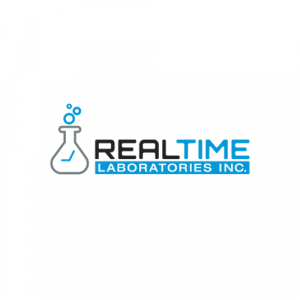
At Home
Urine
$699
Fully covered by Medicare. Repeat test prices $249

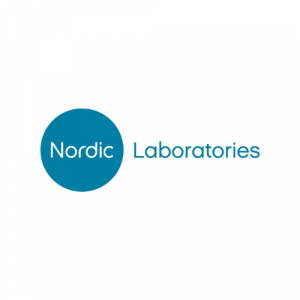
This test evaluates the genetic profile for multiple health indicators. Click here for more information.
At home
Blood Spot

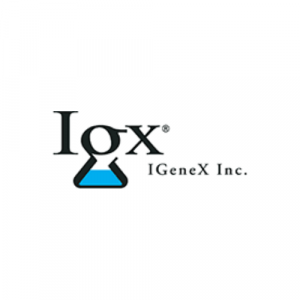
This company can test for lyme, babesia, bartonella and additional tick-borne illnesses. Click here for more information.
Blood
around $1600 (depends on panel selected)

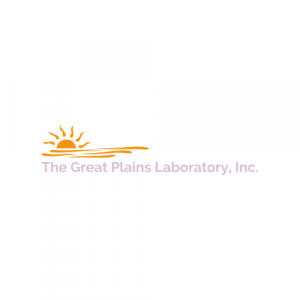



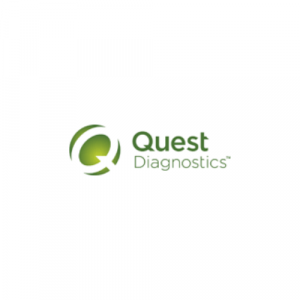
Blood work for blood count, urinalysis and vitamin levels.
At any Quest Diagnostics Location
Blood
You often have to fast for these tests-please check your providers notes.




This test evaluates many measures including micronutrients, antioxidants, minerals, detox, overview of gut function, omegas and toxic exposure. Click here for more information.
At home.
Urine


This test evaluates the gut function and indicates microbiome balance, overgrowth, infection, inflammation, parasites and digestive efficacy. Click here for more information.
$179-$425 depending on insurance coverage.




Blood

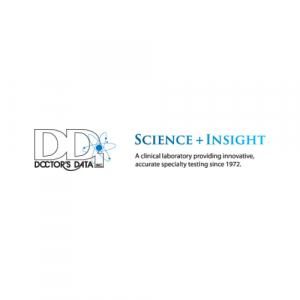
This test evaluates the presence of potentially harmful heavy metals stored in the body. Click here for more information.
Testing: $79 x2 paid to Doctor’s Data
DMSA: $38 paid to Johnson’s Compounding Pharmacy


No insurance coverage


This test is designed to look at food sensitivities (IgG immune responses). It is available in both a 99 or 184 panel. Click here for more information.
Blood
$129-238